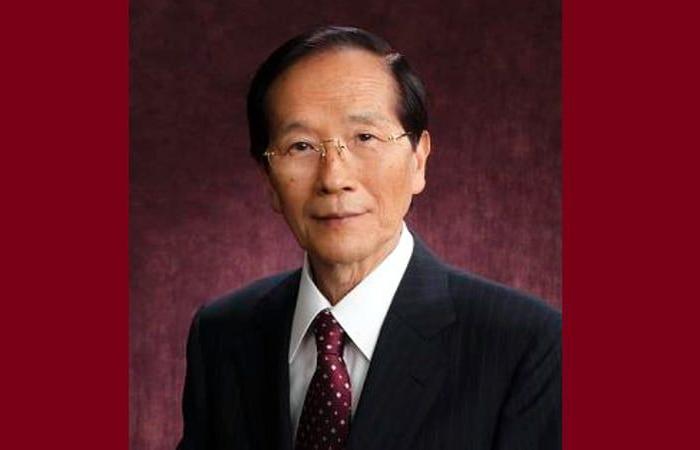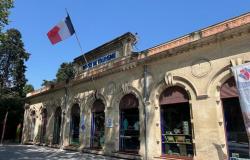Japan – Japanese microbiologist and biochemist Akira Endo, father of statins, died at the age of 90 on June 5.
His research led to the discovery and advent of a class of drugs that revolutionized the prevention and treatment of cardiovascular diseases. A look back at a scientific adventure that began more than half a century ago.
Inspired by Alexander Fleming
Born into a family of farmers in northern Japan, Akira Endo was quickly fascinated by natural sciences, particularly mushrooms and other molds. At the age of 10, he already had the vocation to become a scientist.
He carried out studies in Japan and the United States where he carried out research in Albert Einstein College of Medicine from New York. He was surprised by the large number of elderly and overweight people in the United States and realized the importance of developing a cholesterol drug. But it was upon his return to Japan within the Sankyo & Co. laboratory that the statin adventure began.
Inspired by Alexander Fleming, who discovered penicillin in mold Penicilliumhe hypothesizes that fungi could produce antibiotics that inhibit HMG-CoA reductase, the enzyme that produces cholesterol precursors.
After a year of research on nearly 3,800 strains, his team found a known substance, citrinin, which strongly inhibits HMGCoA reductase and lowers serum cholesterol levels in rats. However, research is suspended due to its toxicity to the kidneys of rodents. “Nevertheless, the experience with citrinin gave us hope and courage to quickly discover much more effective active substances,” indicated Akira Endo in an article devoted to the discovery of statins.[1].
Discovery of the first statin
In mid-summer 1972, researchers discovered a second active culture broth Penicillium citrinum Pen-51, isolated from a rice sample collected from a grain store in Kyoto.
In July 1973, they isolated three active metabolites within this mold, one of them is compactin which has structural similarities with HMG-CoA, the substrate of the HMG-CoA reductase reaction.
In 1976, they published two articles reporting the discovery and characterization of compactin (mevastatin), the first statin.
The time of setbacks
Unfortunately, when Sankyo biologists evaluated the effectiveness of compactin by feeding rats a diet supplemented with compactin for 7 days, no reduction in serum cholesterol was seen.
It was only some time later that it was shown that statin significantly reduced plasma cholesterol after one month of treatment in laying hens (unpublished results). The cholesterol-lowering effects of compactin are then demonstrated in dogs and monkeys.
The researchers, however, faced a second challenge in April 1977. Microcrystalline structures were detected in the liver cells of rats that had been fed extremely large amounts of compactin (more than 500 milligrams per kilogram of body weight per day for 5 weeks ). First judged to be toxic, they are finally judged to be non-toxic.
A phase 2 trial began during the summer of 1979 with very encouraging preliminary results, but in August 1980, the clinical development of compactin was interrupted because the drug was suspected of causing lymphomas in dogs having received very high doses. , 100 or 200 mg/kg/day for 2 years.
This suspicion also led to the cessation of trials on another very similar statin, lovastatin, discovered simultaneously from different mushrooms by the Merck laboratory and Akira Endo in February 1979.
A first statin marketed
Subsequently, however, dramatic cholesterol reductions observed in patients led Merck to undertake large-scale clinical trials of lovastatin in high-risk patients and long-term toxicity studies in dogs in 1984.
The drug is known to dramatically reduce cholesterol levels and is well tolerated. No tumor is detected.
Lovastatin received FDA approval to become the first statin marketed in September 1987.
Akira Endo, “father of statins”, has received numerous awards for his work, including the Albert Lasker Prize for Clinical Medical Research in 2008 and the Outstanding Achievement Award by the International Atherosclerosis Society in 2009.






